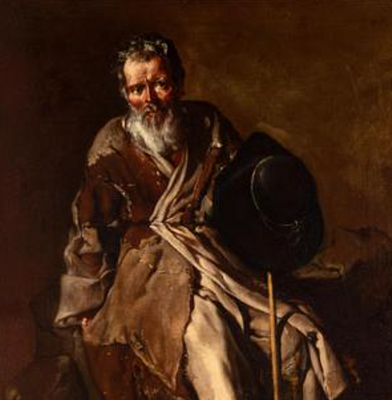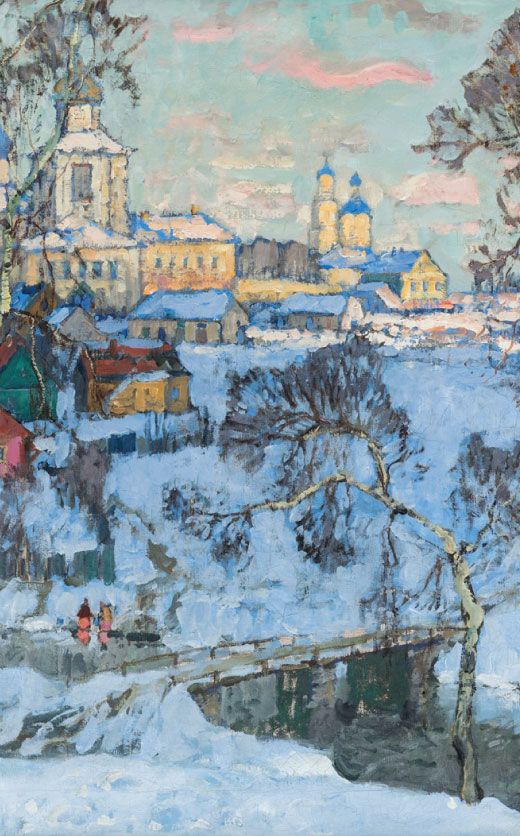IGNACIO DE RÍES (Seville, ca. 1616 - ?, 1670). "Salvator mundi". Oil on canvas.
Lot 58
About Seller
Setdart Auction House
Carrer Aragó 346
Barcelona
Spain
Setdart Subastas was born in 2004 and is currently the first online art auction in Spain with solidity, prestige and reliability guaranteed by our more than 60,000 users. Setdart has a young, dynamic and enterprising team ready to successfully manage the purchase and sale of art works through custom...Read more
Estimate:
EUR€7,000 - EUR€8,000
$7,526.88 - $8,602.15
Absentee vs Live bid
Two ways to bid:
- Leave a max absentee bid and the platform will bid on your behalf up to your maximum bid during the live auction.
- Bid live during the auction and your bids will be submitted real-time to the auctioneer.
Bid Increments
| Price | Bid Increment |
|---|---|
| EUR€0 | EUR€10 |
| EUR€200 | EUR€25 |
| EUR€500 | EUR€50 |
| EUR€1,000 | EUR€100 |
| EUR€3,000 | EUR€200 |
| EUR€5,000 | EUR€500 |
| EUR€10,000 | EUR€1,000 |
| EUR€20,000 | EUR€2,000 |
| EUR€50,000 | EUR€5,000 |
About Auction
By Setdart Auction House
Jun 1, 2021
Set Reminder
2021-06-01 09:45:00
2021-06-01 09:45:00
America/New_York
Bidsquare
Bidsquare : OLD MASTERS & SCULPTURE - Day 2
https://www.bidsquare.com/auctions/setdart-auction-house/old-masters-sculpture---day-2-6999
Setdart Auction House sofia@setdart.com
Setdart Auction House sofia@setdart.com
- Lot Description
IGNACIO DE RÍES (Seville, ca. 1616 - ?, 1670). "Salvator mundi". Oil on canvas. Size: 192 x 105 cm; 230 x 143 cm (frame). Devotional painting with the theme of the "Salvator Mundi", an iconography that represents the Christological concept of Jesus Christ, as universal savior, in relation to his role as judge in the Final Judgment and his character of Redeemer. We see Christ raising his right hand as a sign of blessing, while holding with his left hand an orb symbolizing the universe, crowned by a cross that emphasizes the universal character of Christian doctrine and the redemptive act of Christ. The most usual in this iconography is that Christ appears half-length in a strictly frontal position, reflecting the traditional hieratism of this theme of Byzantine heritage, but here the artist offers us a clearly baroque image, of triumphal character. Ignacio de Ríes was a Spanish painter, son of the Flemish painter Mateo de Ríes, from whom he possibly received his first artistic training. Between 1635 and 1645, approximately, he is documented as an official in Zurbarán's workshop, being considered one of his most important disciples. His work is characterized by a very eclectic style strongly influenced by Zurbarán's painting, as can be seen in the use of chiaroscuro and a descriptive technique that pays great attention to the qualities of the objects, among other aspects. Likewise, to create his compositions he frequently resorts to Flemish prints by authors such as Aegidius Sadeler II or Jeronimus Wierix. Although his stylistic evolution is very limited, we can place in a first stage those works more attached to the style of his master -such as the San Miguel Arcángel (The Metropolitan Museum of Art, New York)- and in a second stage those in which he uses a looser brushstroke and in which the influence of Murillo's painting can be appreciated, such as the Asunción de la Virgen, of 1661, for the church of San Bartolomé in Seville. Around 1653 he painted the most important work of his career: the paintings for the chapel of the Immaculate Conception in the cathedral of Segovia, commissioned by Pedro Fernández Miñano y Contreras to decorate the space that would serve as a funeral chapel for his family, which determines that the predominant message of the set revolves around repentance and penitence. Of all of them, the most outstanding is The Tree of Life, not only for its workmanship but also for its iconography, representing Christ's warning of the imminent arrival of Death to a group of men and women who, placed at the top of the tree, appear to be committing different capital sins. The Prado Museum preserves by his hand King David, a work of great quality that, both stylistically and iconographically, can be related to Zurbarán and his series on the sons of Jacob (Auckland Castle, Durham).
- Shipping Info
-
In-house shipping available. Please inquire at admin@setdart.com.
-
- Buyer's Premium



 EUR
EUR CAD
CAD AUD
AUD GBP
GBP MXN
MXN HKD
HKD CNY
CNY MYR
MYR SEK
SEK SGD
SGD CHF
CHF THB
THB
















